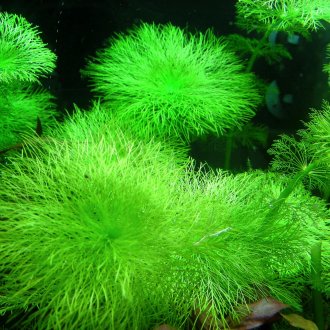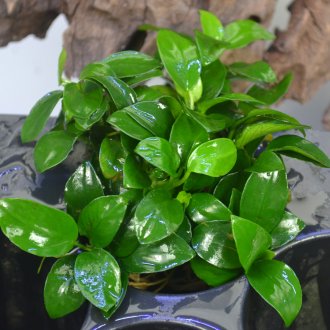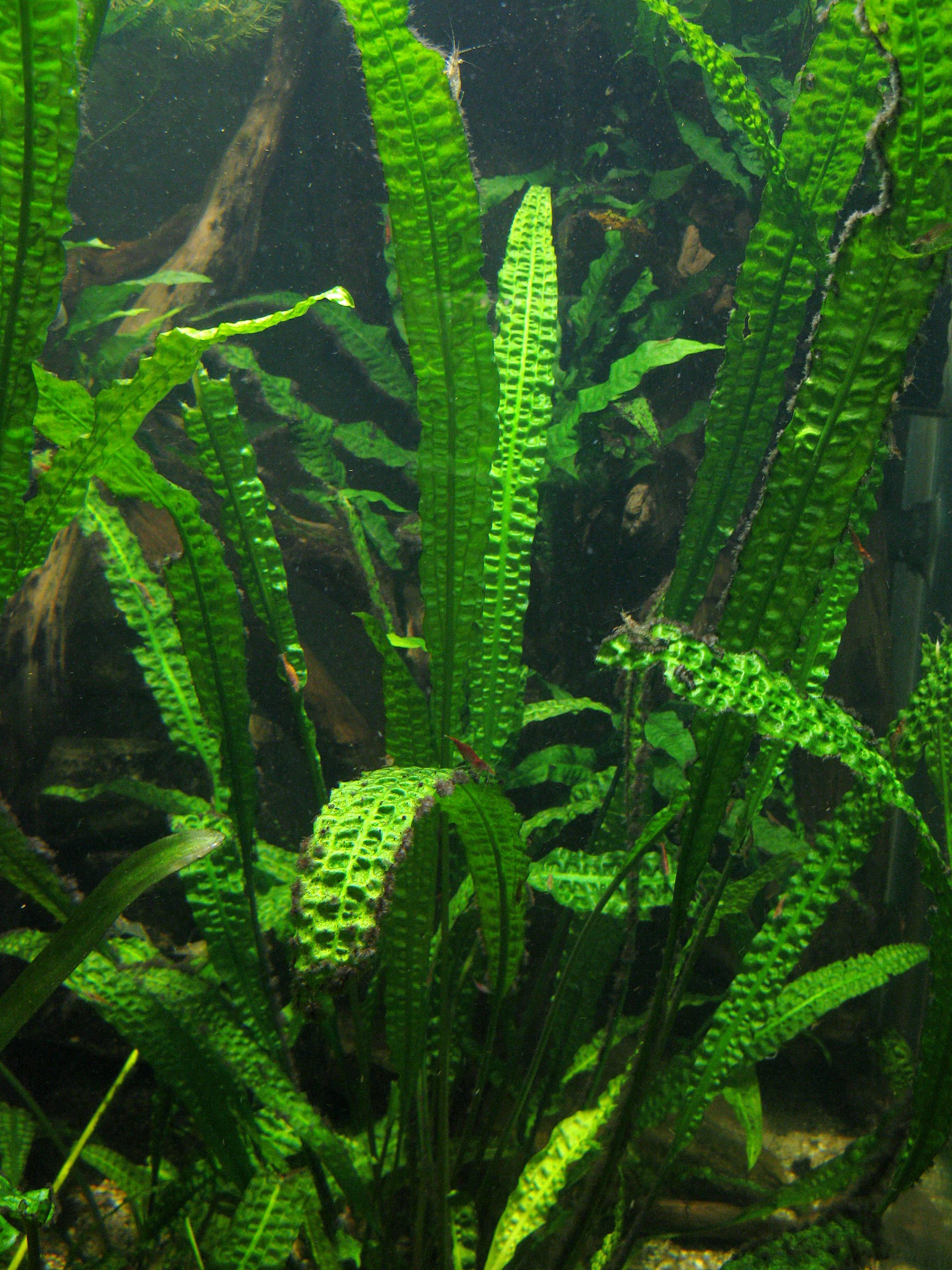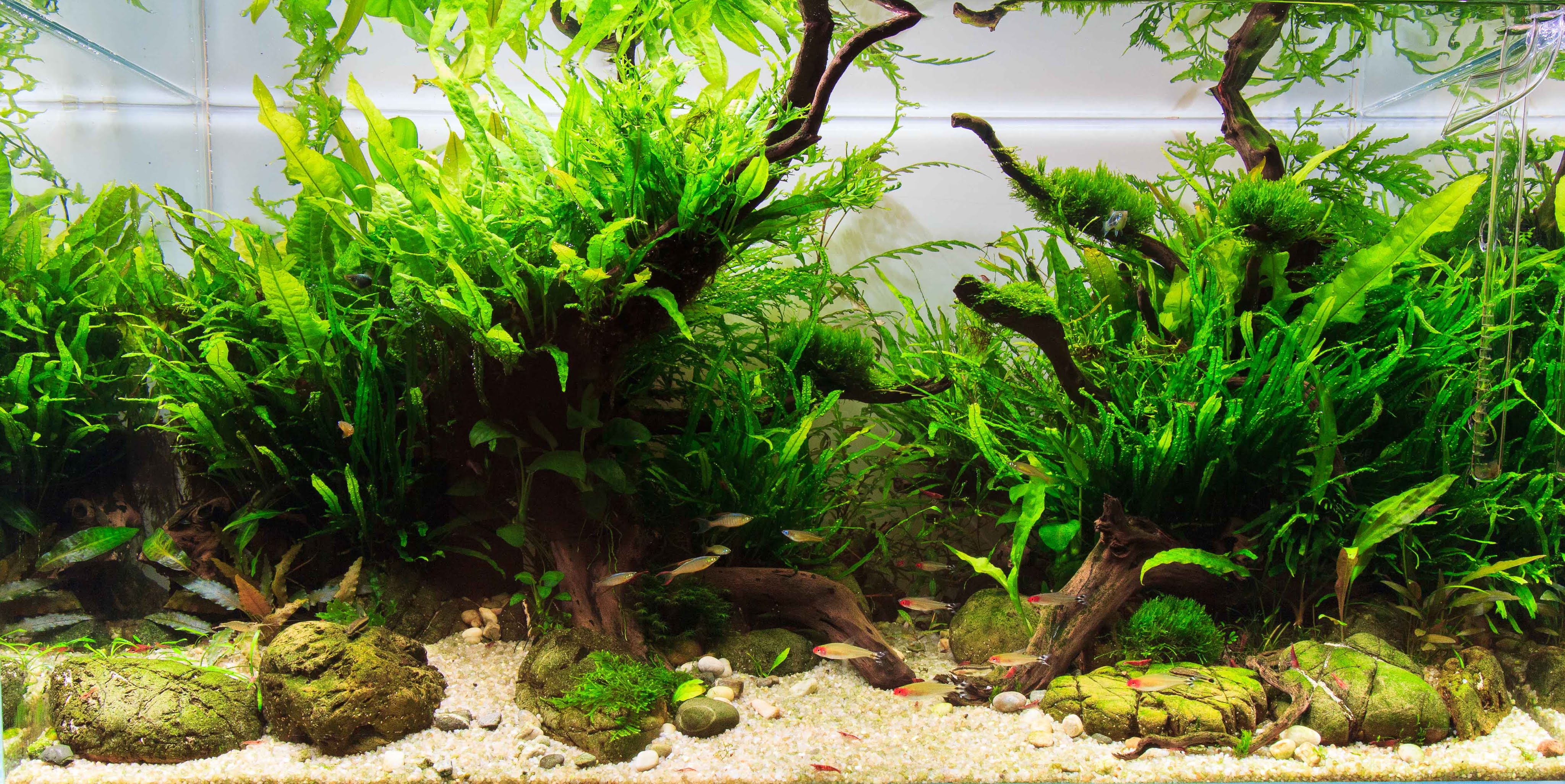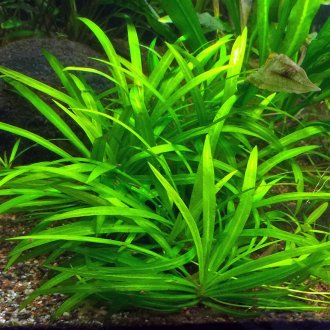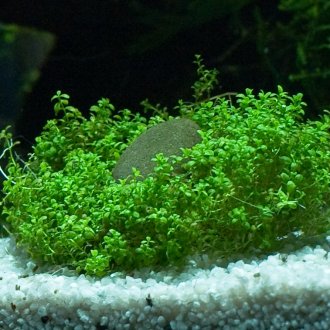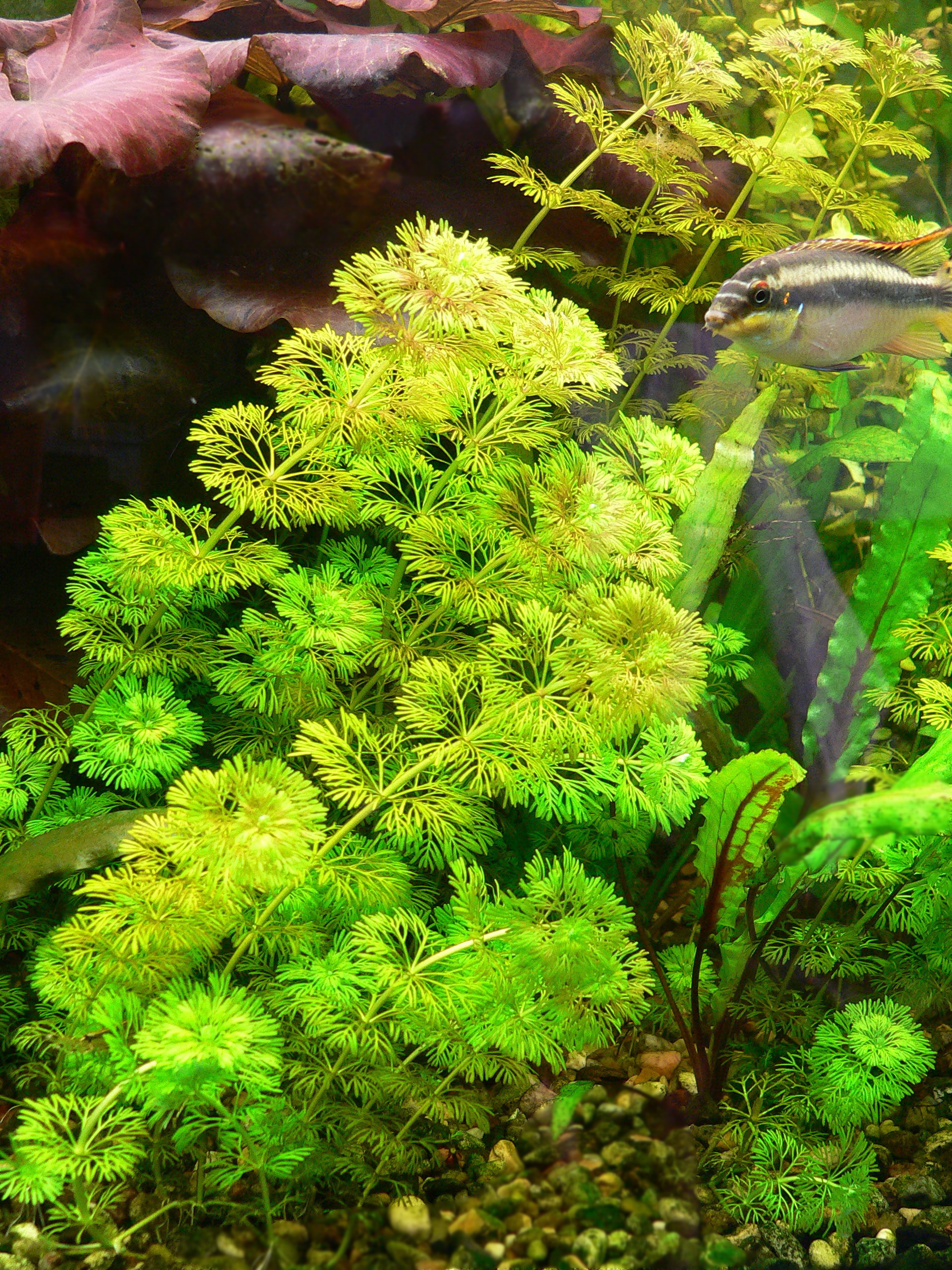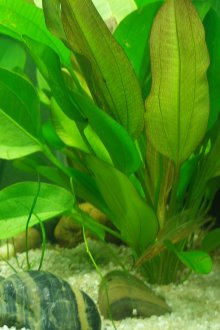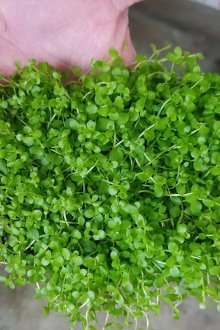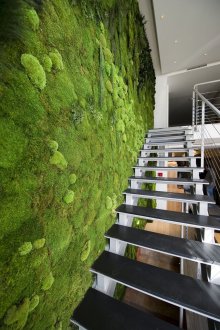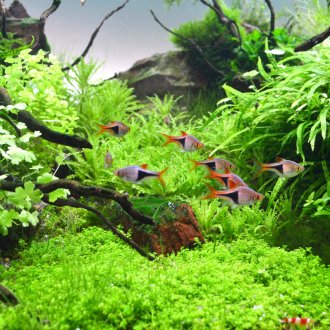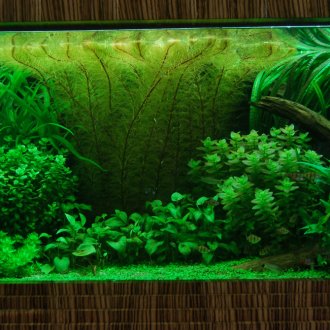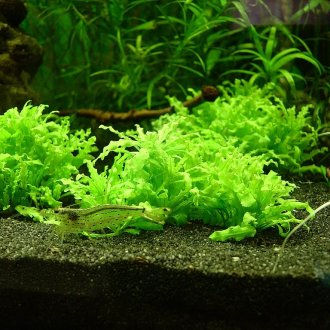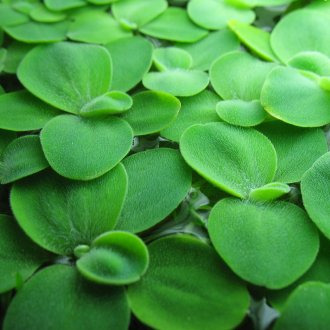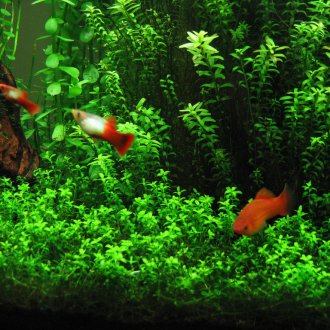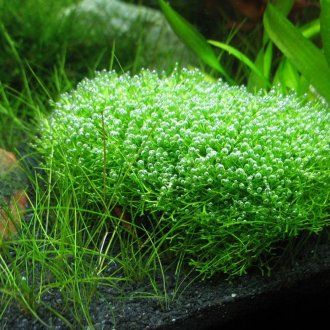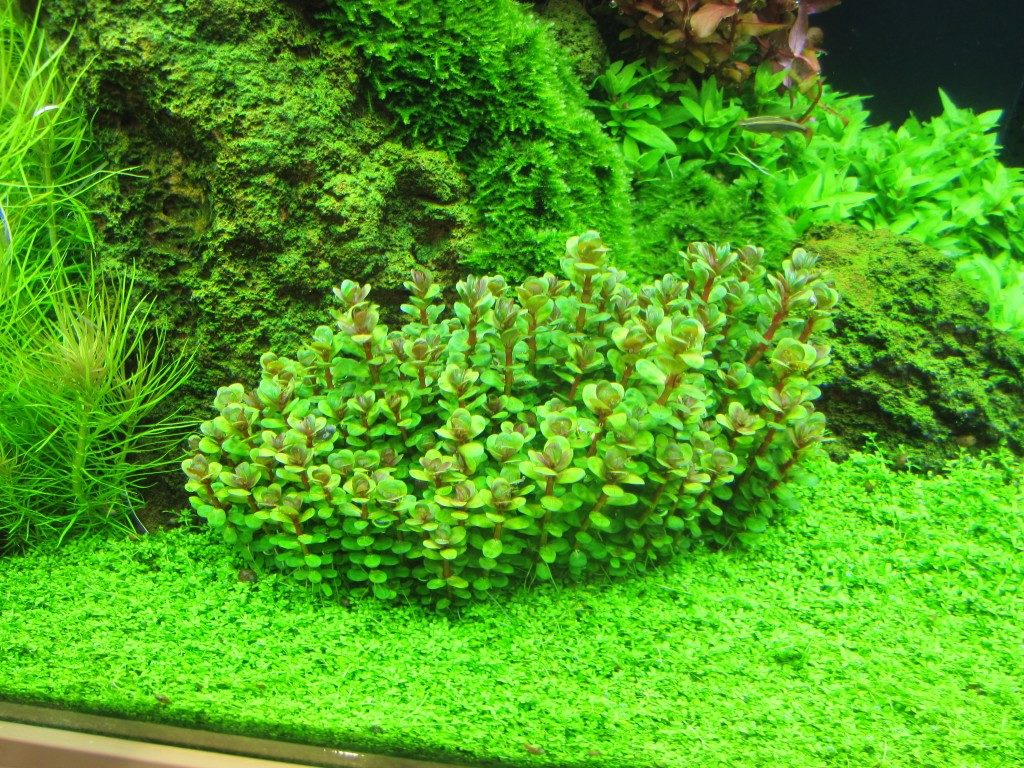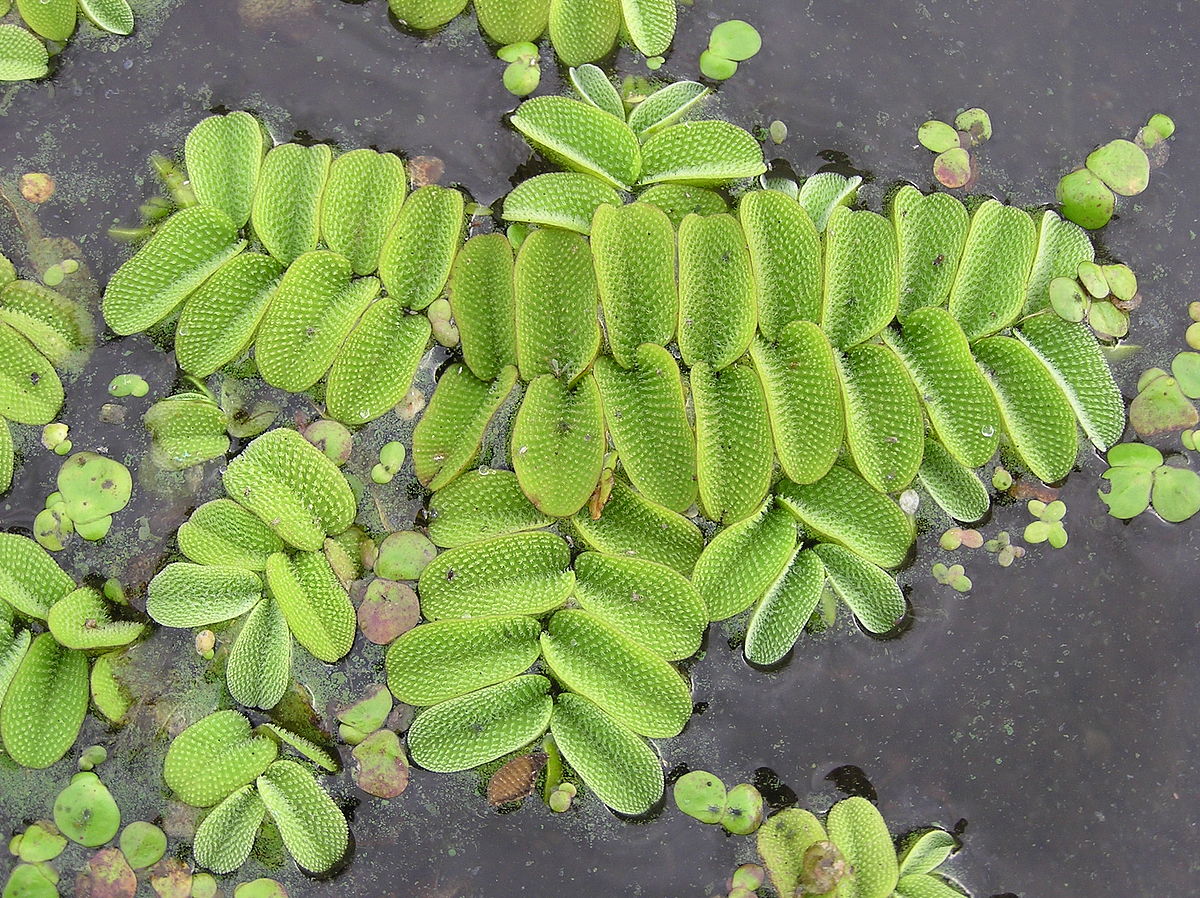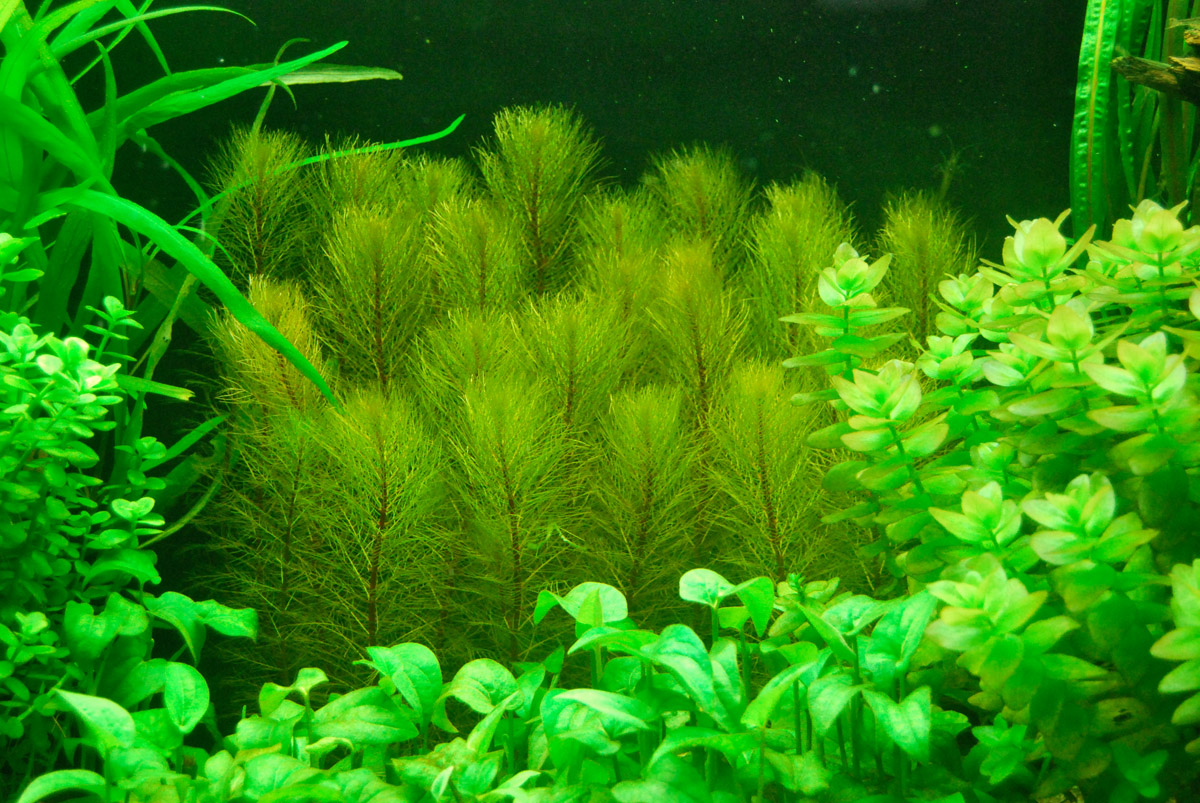Aquarium plants: benefits, care, where to start (20 photos)
Content
Growing aquarium plants is a hobby that can complement the usual care of the aquarium and make it more diverse and interesting. The maintenance of aquarium plants does not require large investments and efforts, it has a relaxing and general positive effect on the atmosphere prevailing in the aquarium.
The benefits of aquarium plants
Of course, aquarium plants are not a thing that is absolutely impossible to do without. You can use artificial analogues, you can leave the aquarium empty and clean, but plants have advantages that pay off efforts to try to plant them.
Aesthetics
If unpretentious aquarium plants live with fish, this greatly changes the overall impression. The aquarium begins to look more alive, like a piece of a real river or sea.
Long-stem aquarium plants look fascinating in it, superficial ones make it more habitable. Ambulia, hygrophile, arrowhead - there is plenty to choose from.
Oxygen supply
The growth of aquarium plants is firmly tied to the process of photosynthesis - they absorb light and carbon dioxide and instead produce oxygen, which saturates the water. Truly experienced aquarists can make simple aquarium plants in such a way that they do not need artificial oxygen supply, which means no humming or energy consumption.
Filtration
In the process of life, fish secrete nitrates, nitrites and phosphates, which pollute the aquarium and make it less suitable for life. Living plants (ambulia, hygrophilia, arrowhead) use fish vital products as top dressing and, accordingly, with the right selection, the conditions in the aquarium are such that it almost does not need to be cleaned.
Breeding
Many fish reproduce using plants in order to fix eggs on them. If there are no plants, you can forget about the fry. The inhabitants of the aquarium will not breed.
Feeding
Many fish eat plants. Natural food for them is more useful than artificial, respectively, aquarium plants can be used as a pleasant addition to the diet and top dressing.
Indication
Diseases of aquarium plants in most cases depend on the condition in which the aquarium is. The unusual color of the leaves, the holes in them, the general lethargy of the plants obviously indicates that something is wrong, and if nothing is done, the death of the fish may begin.
Conditions
Caring for aquarium plants requires effort and time, but as a result, you can choose them so that the aquarium can be left for a long time. The ecosystem as a whole (the most diverse plants can be combined in it) will work smoothly and remain in good condition, even if you stop constantly monitoring it.
Artificial plants require less maintenance, but there is zero benefit from them, and the color of aquarium plants of this type differs for the worse. Much wiser to get alive.
Features of caring for aquarium plants
To understand how to care for aquarium plants, it is enough to remember what their earthly brothers need for a comfortable existence. It:
Priming
Must be large grainy. Putting it better with a thick layer, so that plants have something to take root. Fertilizers for aquarium plants will be applied to it, it will also become a guarantee that the fish will not tear them out and eat them. Plants will be planted in the ground, this must be done carefully, having previously dug a deep enough hole so that the roots can lie in it without wrinkling.
Fertilizers
For aquarium plants, as well as for their terrestrial relatives, proper nutrition is important. Fertilizers help to grow better, protect against immunity problems, and strengthen roots. You need to make them once a month, to the very roots.
Lighting
One of the main nuances of keeping aquarium plants, because any organisms that live by photosynthesis need light. Special lamps are used. How often and how long to turn them on depends on which plants are selected for the aquarium. Photophilous require a lot of light, shade-loving opposite.
Care
Like land plants, aquarium plants need to be cut so that they are not just obscure bushes, but beautiful accessories. This should be done carefully as you grow, perhaps in consultation with aquarium colleagues.
Cultivation requires labor: you need fertilizing for aquarium plants, light, care, you need to ensure that all efforts do not negate the diseases of aquarium plants, but still less than trying to grow your own garden. If you approach the issue correctly, you can get maximum pleasure at a minimum cost.
Unpretentious plants for beginners
Aquarium plants for beginners differ from the rest in ease of care. If you plant them and take good care of them, they will grow quickly and violently - so that even if you want to remove them it will be difficult.
The species of aquarium plants are diverse and numerous, but there are only two main groups into which they could be divided:
- ground-cover aquarium plants are firmly rooted in the soil and grow on it - among them is the hornwort aquarium plant.
- floating aquarium plants are on the surface of the water in a thin layer - the most famous of them is duckweed.
Depending on the tasks and tastes, you can choose them in different ways, getting a variety of beautiful combinations that cannot be obtained using artificial plants.
The most popular plants for beginners.
Echinodorus
Tropical marsh plant from South America. He likes fine soil, a large amount of organic top dressing. Echinodorus differs from the rest in a huge variety: even within one species, one echinodorus from another echinodorus will be very different. So much so that a person who does not have special knowledge will not be able to determine that this is generally an echinodorus, and not anubias, lemongrass, ludwig or ambulia.
Anubias
A plant accustomed to rainforests. It has dense roots, almost no trunk. The leaves are semi-heart-shaped, branch off from each other sequentially. In nature, anubias usually grows leaves above the surface of the water, because the reproduction of aquarium plants of this type at home is difficult. Anubias prefers plentiful organic top dressing. Sometimes anubias even blooms, but it happens more often in greenhouses than among amateurs.
Alodea Aquarium Plant
Translated, the very word "Elodea" means "water plague." This is due to the fact that it is very unpretentious in maintenance, its stems can reach two meters, once settled in an aquarium, it is unlikely to leave it. It reproduces very quickly, looks like a long stalk, from which small leaves extend in different directions.
Schisandra
Lemongrass has large straight leaves, soft green above, silvery from below.The stem of lemongrass is powerful, the root system is strong, in the aquarium it takes the form of a bush, and if there is not enough space, it stops growing without losing its attractive appearance.
Schisandra is suitable for an aquarium with tropical fish.
Ludwig
How to plant aquarium plants of this type does not matter, since ludwig is unpretentious and can easily take root in the ground or swim calmly on the surface. The stems of ludwig are long, the leaves are oval, small, glossy. Ludwigia grows slowly, well suited to grow at the rear wall of the aquarium.
Cryptocoryne aquarium plants
Cryptocorida is a plant that has a huge number of species. There are people who plant cryptocorides throughout the aquarium and collect them as things. The most interesting thing about cryptocorides is their color. In different conditions, they can be of various colors. Green, pink, red, a variety of delicate shades. It depends on the lighting: the more light the cryptocarid receives, the more green it will be. Therefore, if you want to get a red-leafed cryptocarid, it is better to contain it as a shade-loving plant.
You can choose plants endlessly, combining them in a variety of ways and enjoying how plants can look next to each other. The main thing - before planting, you should make sure that the plants can survive nearby, otherwise it is likely that they will not survive.
